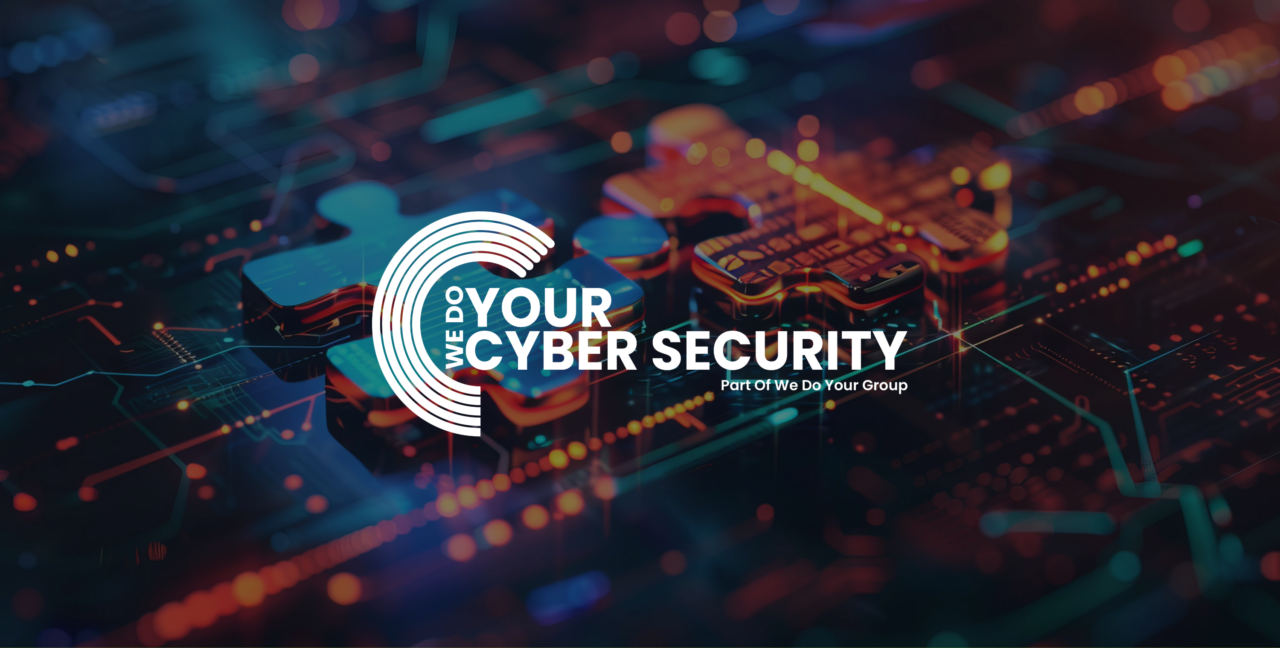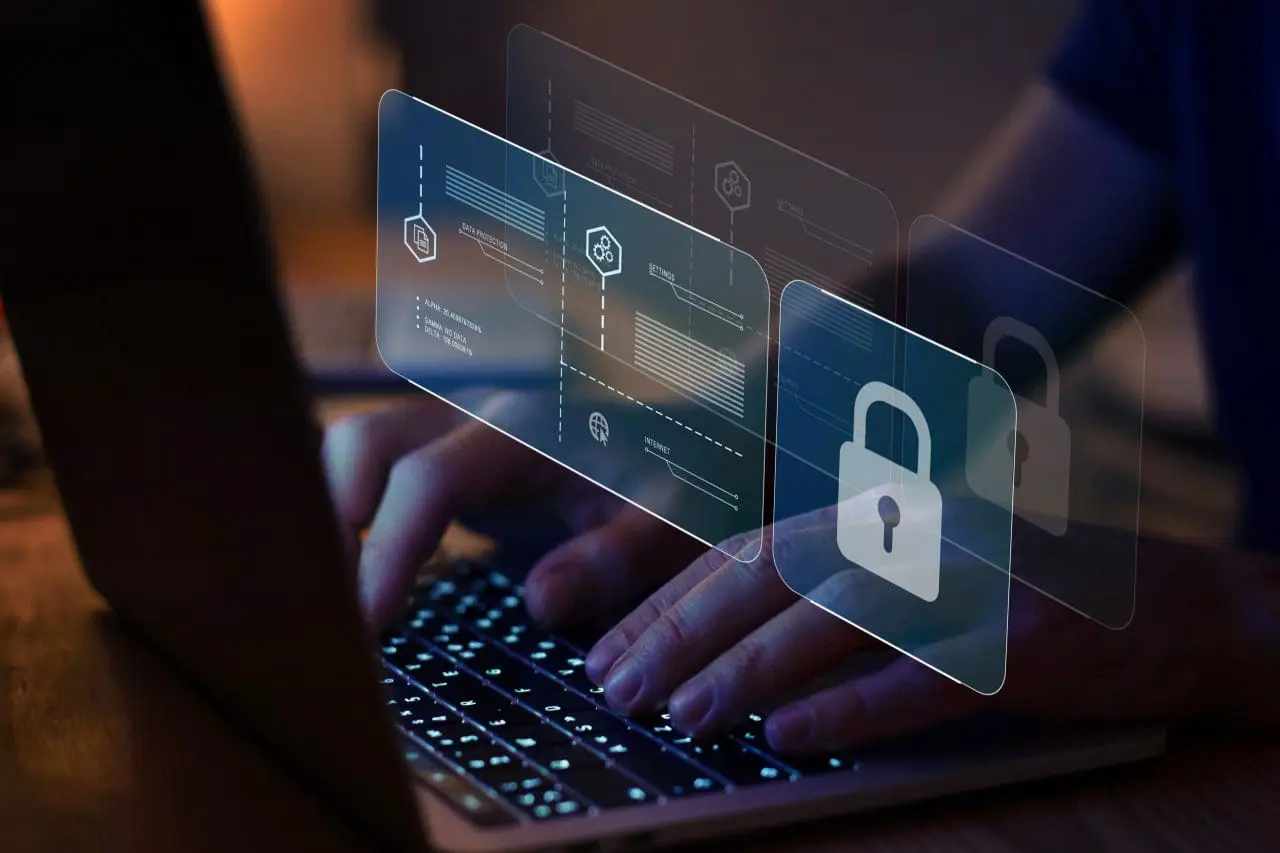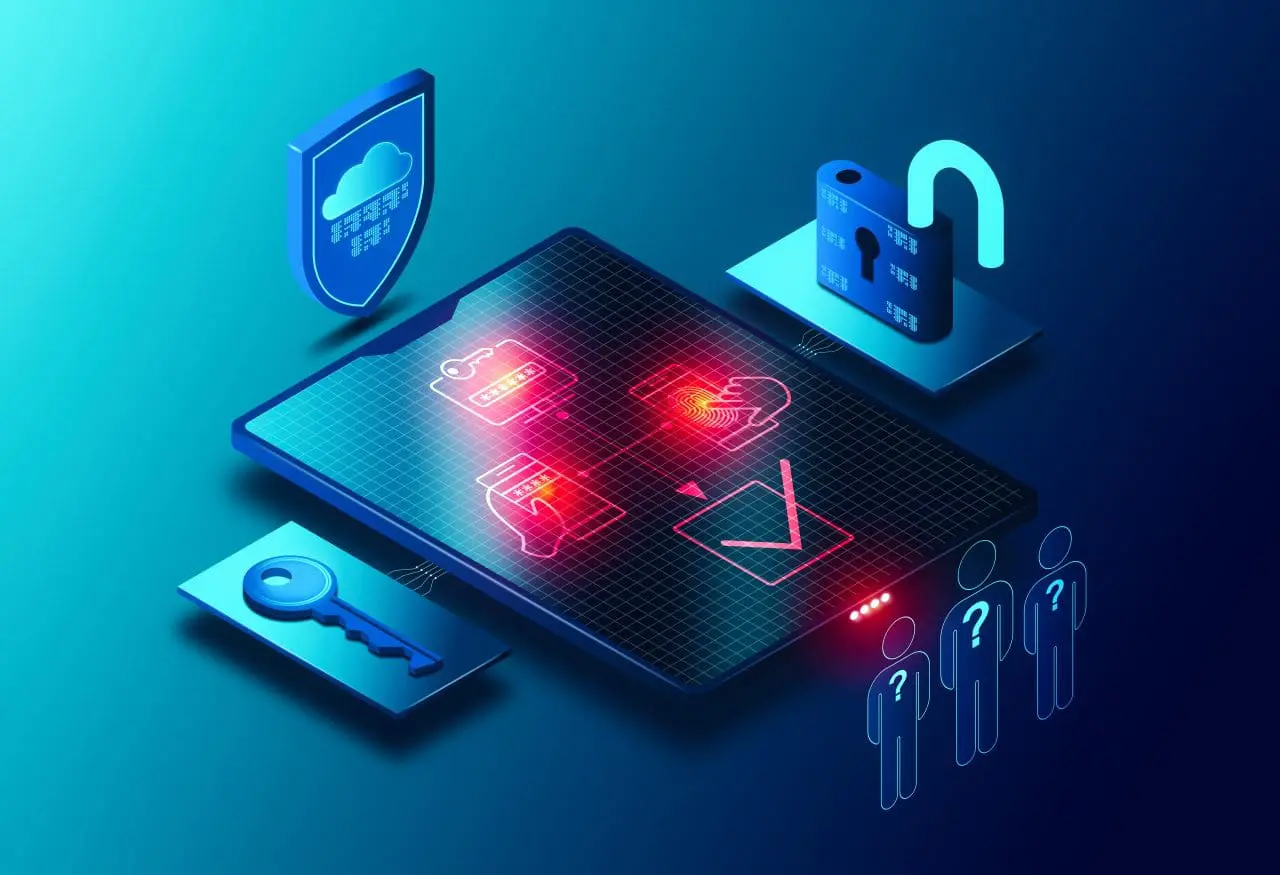

Two-factor authentication (2FA) is an essential component to any strong cyber security policy. 2FA provides an extra layer of identity verification for users accessing secure systems, ensuring that only authorized personnel are able to access the system’s data and sensitive information. By requiring users to provide two separate pieces of evidence—like a personal identification number (PIN) or biometric data—2FA helps defend against unauthorized access, phishing attempts, and other malicious activities from both external and internal sources.
2FA has become increasingly commonplace due to its ability to protect against all kinds of threats, including malware, viruses, Trojans, and other malicious programs. It can also be used for business purposes, such as protecting sensitive data from external sources or limiting access to certain parts of a website. By utilizing two different factors, 2FA helps to make sure that only authorized users are able to view and utilize the data stored within a system.
2FA also provides additional security features by helping businesses create stronger passwords. Because it requires users to create and remember several pieces of information in order to log into a system, the process helps prevent hackers from using weak passwords or easily guessed combinations. Furthermore, if one factor is compromised—like a user’s PIN—the remaining factor will still protect the system from being accessed without permission.
Cyber security is an ever-evolving field of technology that requires businesses to stay up to date on the latest best practices. Unfortunately, as cyber criminals become more sophisticated in their approaches, organizations must also increase their vigilance and find ways to make sure they’re protected from online threats. Here are some essential tips for strengthening your business’s cyber security:
By taking the necessary steps to protect your business’s data and systems against cyber threats, you can rest assured knowing that your organization is secure from malicious activities. Furthermore, employee training and regular network monitoring are essential components to any successful cyber security plan.
Data encryption is an important measure for businesses looking to protect their confidential information from theft and unauthorized access. By encoding data using advanced algorithms, encryption can help keep sensitive data secure even if it falls into the wrong hands. Encryption is a complex process, but understanding the basics of how it works and the different techniques available can help organizations choose the right solution for their needs.
Data encryption essentially encodes sensitive data to make it unreadable by unauthorized parties. Most commonly used encryption techniques use a type of cipher algorithm known as a “symmetric-key” system, which uses one key to both encrypt and decrypt information. This key must be kept safe and secure, as anyone who has access to it can decode the encrypted data. Other advanced algorithms, such as public-key cryptography, allow users to securely exchange data without ever needing to share a common key.
When selecting an encryption technique for your business’s data, it’s important to consider factors such as the type of data you wish to protect, the sensitivity of that data, and the need for fast and secure transmission. For example, if you are sending highly sensitive information between two computers that only have access to a slow internet connection, then a public-key cipher may be more suitable than a symmetric key system.
As businesses increasingly move to cloud-based solutions for their data storage needs, it’s essential that they take steps to protect their information from unauthorized access. Cloud access controls are a vital component of any organization’s cyber security strategy, as they allow administrators to control who has access to sensitive data and how they interact with it. By implementing effective cloud access controls, businesses can reduce their risk of becoming vulnerable to cyber threats such as data breaches and other malicious attacks.
Cloud access controls can be customized to fit the unique needs of any business, allowing administrators to set up granular permissions for different users and groups. This ensures that only those individuals with legitimate authorization are able to access sensitive data, while also preventing unauthorized users from accessing it. Additionally, these controls allow businesses to restrict certain types of activities such as downloading, sharing or printing documents containing confidential information.
Cloud access controls also provide organizations with an extra layer of visibility over their data by providing real-time alerts whenever there is suspicious activity or attempts to access restricted resources. This makes it easier for businesses to detect and respond quickly to potential threats before they become a major problem.
Implementing a comprehensive cyber security strategy is essential for any business in the digital age. Not only does it help protect your organization from malicious attacks, but it can also improve employee productivity and create a more secure work environment.
The first step in developing an effective cyber security strategy is to identify and prioritize potential risks. This means assessing the data that you collect, store and transmit and determining which areas are most vulnerable to attack or other forms of compromise. Once potential risks have been identified, steps should be taken to mitigate them through various measures such as encryption, two-factor authentication and firewalls.
It’s also important to regularly update your cyber security policies and procedures. This includes ensuring that all employees are aware of their responsibilities when it comes to data handling, as well as regularly assessing the effectiveness of existing measures. Additionally, organizations should invest in regular training for their staff on how to identify and respond to potential threats and ensure they are up-to-date with the latest cyber security developments.
Organizations should also consider investing in a comprehensive monitoring system that can detect suspicious activities on their networks. This will help alert administrators if any unauthorized activities take place, allowing them to swiftly address any potential threats before they become major issues. Similarly, businesses should also use threat intelligence tools such as firewalls and antivirus software to protect against malicious attacks from outside sources.
Social engineering scams are on the rise, posing a serious threat to organizations of all sizes. This type of attack relies on exploiting human behavior rather than technical weaknesses, making it one of the most difficult threats to detect and mitigate.
The first step to protecting your organization from social engineering scams is training staff on how to recognize them. This includes spotting suspicious emails or phone calls and understanding how attackers may use personal information to gain access to systems.
Organizations should also consider deploying security controls such as anti-spam filters, two-factor authentication, encryption and identity verification protocols for all communications. Additionally, businesses should keep their employee data secure by regularly updating passwords and implementing strong access control measures.
Finally, it’s important to have an incident response plan in place that outlines the steps to take if a social engineering scam is suspected. This includes alerting senior management of the attack, assessing the extent of the damage and notifying any customers whose data may have been compromised. By taking these steps organizations can help protect themselves from social engineering attacks and ensure their data remains secure.
When it comes to ensuring your organization is secure against malicious attacks, an antivirus software is essential. This type of program scans a computer for any potential threats and notifies the user if any suspicious activity is detected.
When choosing an antivirus program, there are certain factors you should consider. It’s important to check whether the software provides comprehensive protection against malware, spyware, ransomware, phishing scams and other cyber-attacks. Additionally, you should make sure that the product can detect both existing and emerging threats as well as provide regular updates that keep your system up-to-date with the latest security features.
It’s also important to check the user reviews and ratings of a product before making a purchase. This will help you get an idea of how effective it is at providing protection as well as any potential drawbacks associated with the program. Additionally, make sure that the antivirus software comes with customer support in case you need help troubleshooting any issues.
Knowing the different types of threats and vulnerabilities that can affect your network security system is essential for keeping it secure. Cyber criminals are constantly evolving their strategies to find ways around existing defenses, so it’s important to stay up-to-date on the latest threat trends.
The most common type of attack is a distributed denial-of-service (DDoS) attack, which involves sending a large volume of requests to overwhelm a server with traffic and take it offline. Other common attacks include malware infections, data theft, phishing scams, ransomware attacks and SQL injection attempts.
To protect against these threats, organizations should implement effective network security systems. This includes using firewalls, intrusion detection/prevention systems and multi-factor authentication to ensure that only authorized personnel can access sensitive data. Additionally, network administrators should regularly scan their system for any potential vulnerabilities and patch them as soon as they’re discovered.
Zero trust authentication is an important concept in cybersecurity that requires users to prove their identity before accessing a system or resource. It eliminates the need for a “trust boundary” – where users must be granted permission based on an assumption of trustworthiness – and instead requires each user to authenticate themselves individually. This approach ensures that even if one account becomes compromised, other accounts remain secure.
Zero trust authentication typically involves two-factor authentication (2FA) with strong passwords, biometrics such as fingerprints or facial recognition, or hardware tokens which generate one-time codes to validate access. Additionally, organizations may consider using multi-factor authentication (MFA) for further protection. MFA requires multiple pieces of evidence to prove identity, such as combining a password with a biometric or an SMS code sent to a user’s mobile phone.
By verifying users each time they access an account or resource, organizations can lower their risk of falling victim to cyberattacks and protect their sensitive data from malicious actors. Furthermore, by disabling default passwords and requiring strong authentication protocols for all accounts, businesses can ensure that only authorized personnel have access to their networks and systems. This is especially important in industries such as healthcare, finance, or government where security threats are especially high.

This website uses cookies to improve your experience. Choose what you're happy with.
Required for the site to function and can't be switched off.
Help us improve the website. Turn on if you agree.
Used for ads and personalisation. Turn on if you agree.
This website uses cookies to improve your experience. Choose what you're happy with.
Required for the site to function and can't be switched off.
Help us improve the website. Turn on if you agree.
Used for ads and personalisation. Turn on if you agree.